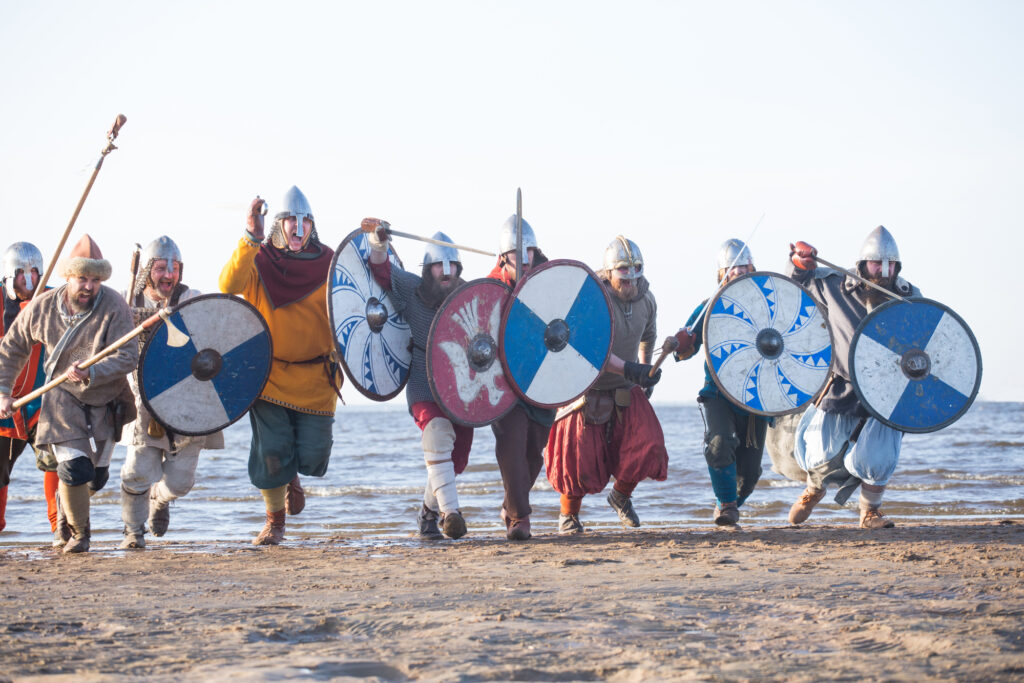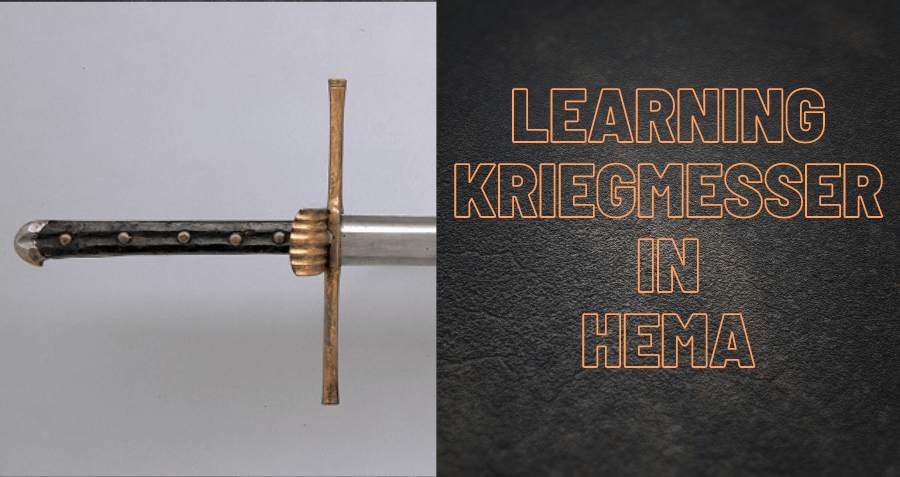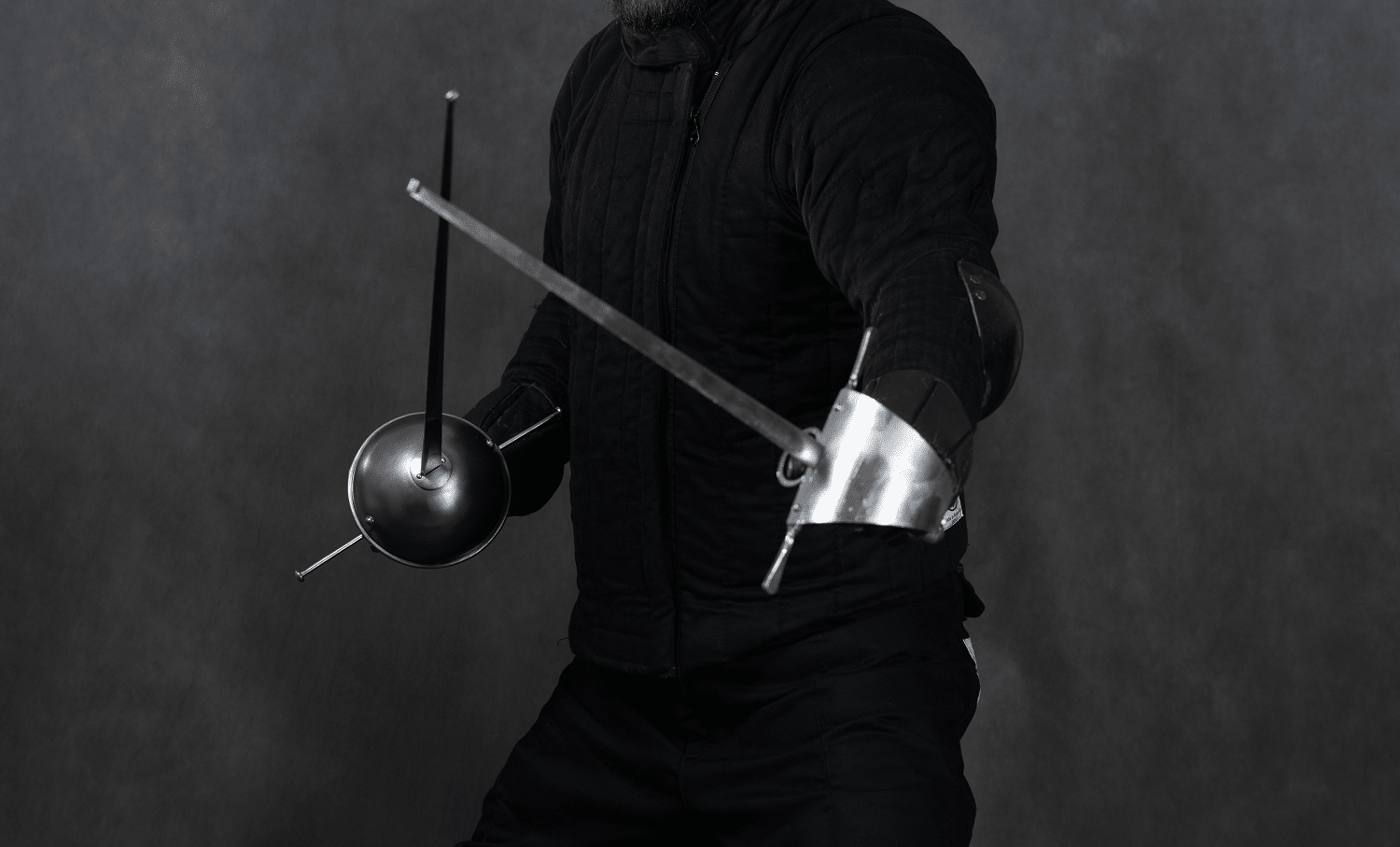The Society for Creative Anachronism is one of the most well-known living history groups in the world, dedicated to the study and replication of Medieval European culture prior to the 17th century. It’s Armored Combat fighting is one of its best known events and is a combat sport practiced by many within the organization.
What is the SCA?
What is widely considered the first SCA event occurred on May Day, 1966 at the University of California, Berkeley. A medieval studies graduate named Diana Paxson hosted a “Grand Tournament” in her back yard where attendees battled with a variety of improvised equipment. After the combat, the group paraded down Telegraph Avenue. It was a smashing success and chapters rapidly began to spring up around the country. Science fiction fans were the primary vector, as conventions in the 60s, 70s and 80s hosted SCA events that introduced new converts to the joy of historical recreation. The organization has grown remarkably since then, but sword fighting has remained one of its core activities. SCA armoured combat is one of the biggest draws for many people at their events, but if you want to participate there are a number of ground rules you need to know. SCA events feature a number of different combat situations, from one-on-one duels to massive melees featuring hundreds of reenactors on each side.Fights run on the honor system, which charges warriors with honestly reporting when they got hit. The force and accuracy of the blow are judged by the target. Solid hits on the arms can result in fighting one-handed, with strikes to the legs making the wounded warrior continue to battle hopping or down on their knees. A clear hit to the head or chest results in death. It’s not required, but giving a dramatic last gasp is often appreciated by spectators. Special observers known as “marshals” don’t participate in the fighting but do roam the battlefield to mediate disputes and make sure all equipment is up to standards. Adhering to the honor system is a central tenet of SCA combat, with repeat rule-breakers typically shunned from further attendance. Players who deny hits they’ve taken are often given the derogatory term “rhinohide.” Additional rules prevent fighters from attacking from behind, The weapons used in SCA armoured combat are typically made from rattan, which is a bamboo-like grass that breaks along the vertical axis instead of splintering like wood. Duct tape is wrapped around the rattan core to provide extra padding while also creating a weapon with more heft that is similar (although not precisely the same as) a real sword.
For more complex weapons like axes, foam rubber is used to simulate the shape. Even though these weapons are non-lethal, taking a hit from one can still be quite painful. Participants wear armor to protect tender spots during skirmishes. Individual “kingdoms” within the Society can enforce stricter standards, but in general warriors must be clad in material that protects their head, neck, major joints including elbows and knees, hands and wrists, and their kidneys and groin area. The shape this armor can take can vary widely, with some participants wearing armor of hardened leather while others opt for chainmail and even plate armor. Metallic or wooden shields are also permitted. These suits of armor can weigh up to 70 pounds, although it is distributed across their body. In the bigger battles, it’s not uncommon for siege engineers to bring out catapults that launch specially-designed projectiles. Some of the organization’s major yearly events take place in areas with constructed walls and even castles to battle through. There’s really nothing quite like it, and whether you’re a participant or a spectator a massive SCA melee is wild, chaotic fun.
While historical accuracy is one of the key tenets of SCA activities, compromises have to be made to keep up with modern safety protocols. One notable difference is the presence of facial shielding, which many medieval helmets did not offer. An important note in SCA rules is that no matter what your armor visibly looks like, all combatants are considered to be wearing the same thing for the rules of the game – a suit of chainmail. That helps level the playing field between combatants of different economic statuses. Of course, using a shield is an exception to this rule. Participants build their armored suits in a number of ways. Do-it-yourselfers can follow guides on the Internet to construct protective gear, but this is a process that takes many hours and no small amount of skill. There are also numerous artisans that specialize in SCA-compliant armor. Price tags can vary widely, with some serious devotees paying thousands of dollars for costumes that look as good as any Hollywood movie. Most however assemble kits for hundreds of dollars. SCA members are typically very lenient on materials used, understanding that not everybody has the financial resources to shell out for high-end armor. Groups will often come together to help out new members. If you are making your own, there are numerous guides on the Internet with patterns and instructions. New fighters are also often given a “grace period” to get the visual appearance of their armor up to historical standards. If you want to practice before a SCA event, local chapters often hold sparring sessions on a regular basis to bring new recruits up to speed and polish their skills. Typically, a local organization’s marshal will evaluate a new fighter’s combat readiness before they’re allowed to participate in a group event. This process can take several weeks or longer, but it’s important that everybody on the field is fully aware of their responsibilities in combat. Although these combats are typically just for fun, some do have real stakes. Each “kingdom” of the Society holds a regular tournament where participants face off to determine who will serve as “king” and “queen” for the next time period, determined by a series of one-on-one sword fighting bouts. While membership is required to particular in formal combat events, a Society for Creative Anachronism membership isn’t required to attend meetings or other events. The organization does offer discounts and other benefits to members and these fees help support the group’s infrastructure, so it’s worth paying for if this is something you are interested in doing. Whether you’re fighting to rule a kingdom or just getting some stress out, SCA armoured combat can be a thrilling and unique activity. Society members are always looking to expand their ranks. Typically one member will be designated the “chatelaine” or “hospitaller” and tasked with welcoming new recruits.
How does SCA Armoured Combat Compare to HEMA?
The difference between SCA Armored Combat and Historical European martial arts (HEMA) is that in HEMA more realistic weapon simulators are used, made from either nylon or steel.Rattan sticks are only ever used by practitioners of single-stick combat, with specialty swords such as federschwert (feders) used instead by Historical fencers, although other weapon trainers also exist for rapiers, sabers and so on.
HEMA practitioners also tend to not wear metal armor as the weapon simulators are intended to bend in the thrust, and this doesn’t work very well against plate armor which is designed to deflect thrusts away. So instead HEMA practitioners use versions of sport fencing jackets and pants designed with additional padding as well as gloves specially designed to protect the hands. HEMA practitioners also tend to use modern fencing masks instead of historically accurate plate helms. Lastly Historical European martial arts are overwhelmingly focused on single combat matches with group battles almost unheard of. This is primarily because most material studied by HEMA practitioners is duel oriented and does not provide much instruction for many vs one, or many vs many combat scenarios. Having said all of this, SCA fighters do often study historical sources for material and incorporate these techniques into their fighting the same way that HEMA fencers do. In fact the early history of HEMA is intertwined with people from the SCA who were first introduced to historical fencing sources from their participation in the SCA. However because SCA fighters do not use historically accurate weapon simulators many techniques that are used in HEMA with swords and rapiers cannot be done with rattan sticks, as many sword techniques require an edge to perform correctly.
It is worth mentioning there has been a growing effort over the past few years to incorporate some aspects of long sword fencing into the SCA, usually under a variation of SCA rapier “cut and thrust” rulesets (SCA rapier being a different combat event also practiced in the SCA). The rules can vary depending on regions.
We hope this article has provided a good explanation on the differences between HEMA and SCA combat for you. **** If you’d like to learn more information about historical fencing practices please check out our Learn HEMA page for a guide to learning about the historical weapon that interests you. You can also find more guides we’ve written about other topics at our Helpful Guides page.
[/vc_column_text][/vc_column][/vc_row]


















3 Responses
Mostly this article is hard to read due to the obscenely small text and poor contrast.
Moving on: having spent more than 30 years in the SCA doing combat & non-combat activities alike I have to say that there are distinct factual inaccuracies in this article.
Given the author is unlisted, if the site admin would like please contact me and I will give you the breakdown.